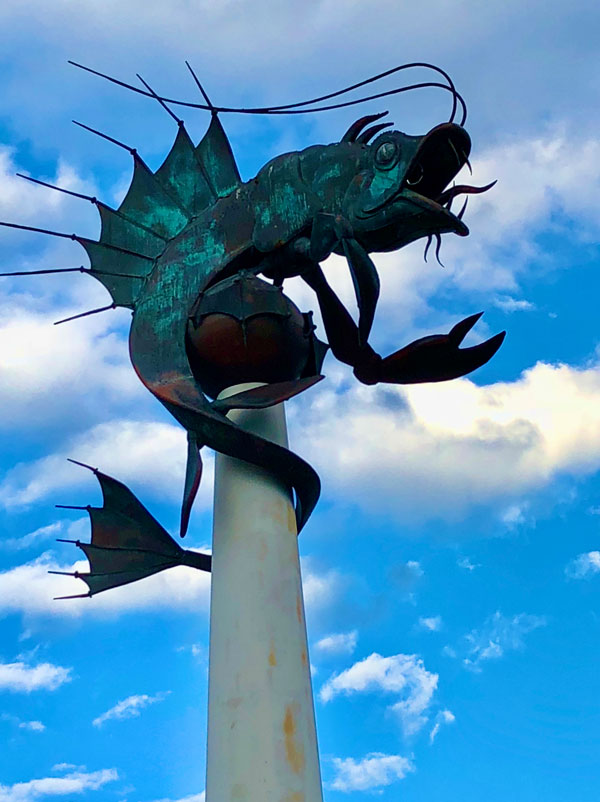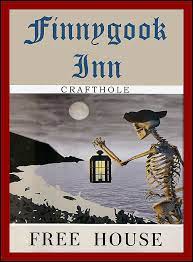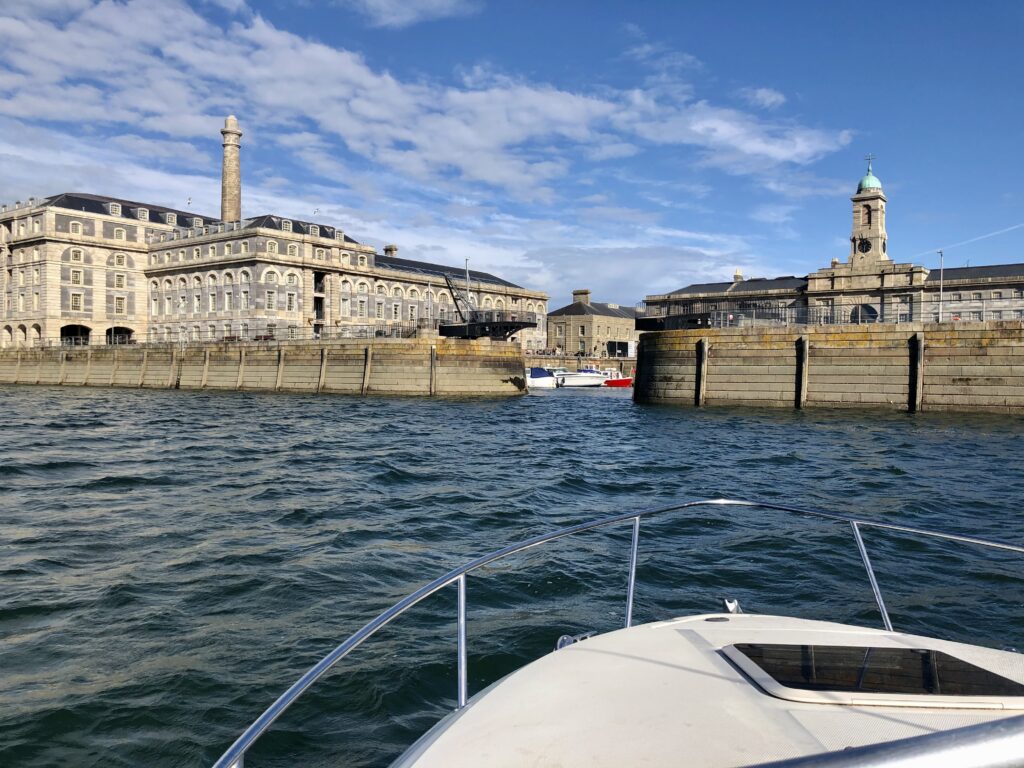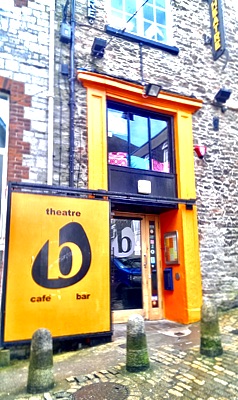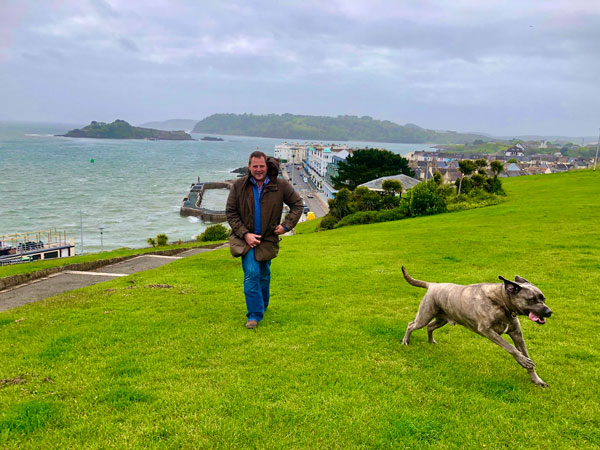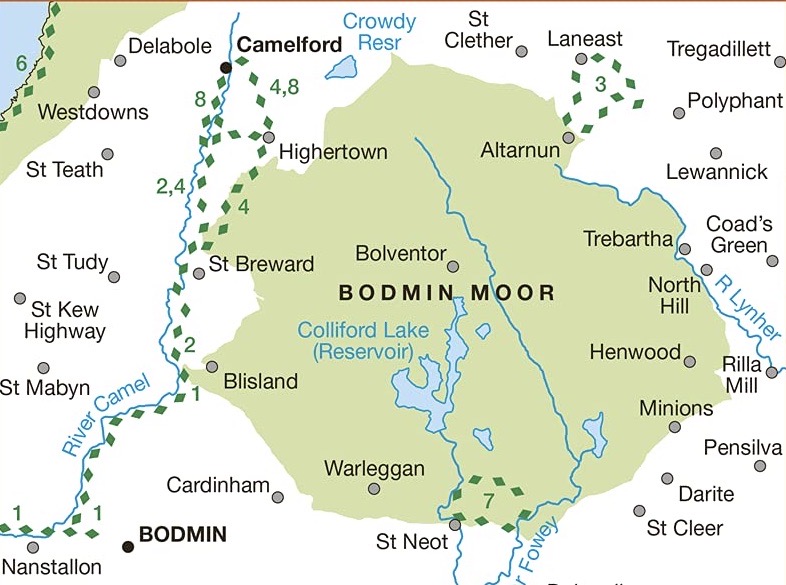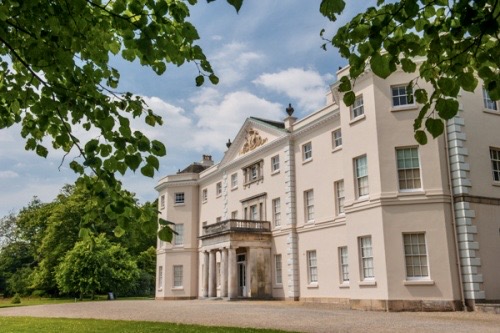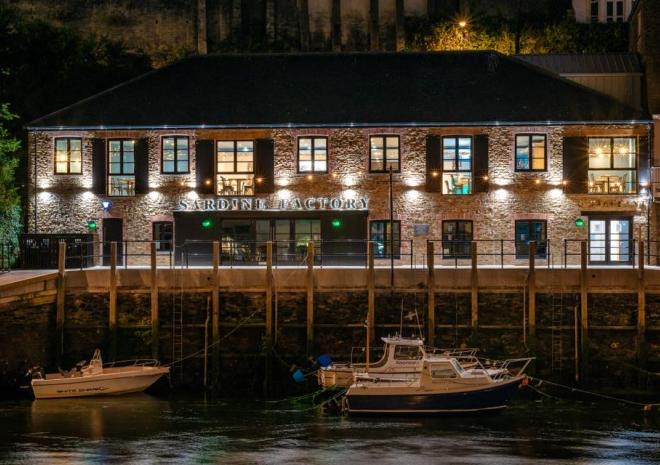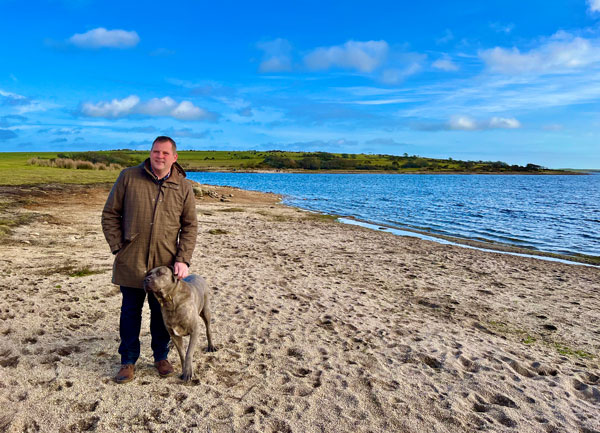Plymouth is a city shaped by the fortunes of sea, trade and war, nowhere more so than in the historic Barbican. Plymouth’s delightful old port, it’s full of narrow cobbled streets (boasting the most in the UK), Elizabethan warehouses, specialist shops, art galleries, cafes, bars and restaurants
The distinctive single-storey glazed building on the waterfront was formerly the old fish market (now re-located to the facing quay on the other side of the harbour) and it has been imaginatively converted into a high quality retail visitor attraction. From the cobbled area outside, if you resume walking along the ancient quays which would have been where the Pilgrims and many of Plymouth’s merchants, mariners, privateers and buccaneers would have passed, over the centuries… This is the place to discover where Sir Francis Drake sailed from and where the Pilgrim Fathers departed to settle the New World (The Mayflower Steps)

